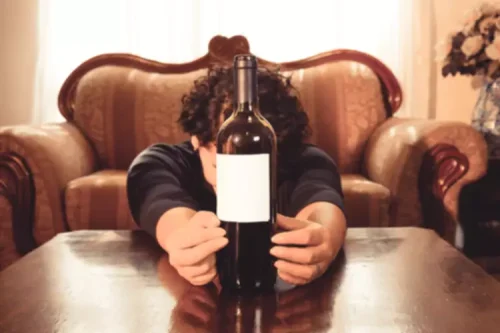
What makes opioid medicines effective for treating pain also can make them dangerous. Opioid medicines travel through the blood and attach to opioid receptors in brain cells. Opioids are a broad group of pain-relieving medicines that work with your brain cells.
Medication Services
- It has been reported in her book that the entire family was shocked by her addiction as she never partook in drug use since her younger days.
- It should not be used in place of the advice of your physician or other qualified healthcare providers.
- Lisa Marie Presley’s posthumous memoir, From Here to the Great Unknown, is giving fans an inside look at her struggles with addiction for the first time.
- NIH is actively involved in building a partnership with FDA and industry to accelerate these efforts.
Cognitive-behavioral therapy (CBT) is one of the most effective treatments for opioid use disorder. It’s also a highly effective treatment for other psychological disorders, including anxiety disorders, depression, and trauma—all of which can co-occur with opioid addiction. Millions of pills flooding into the city reversed Baltimore’s progress in addressing heroin overdoses, the lawsuit claims, and made existing problems worse by introducing new users to prescription opioids.

How to recognize opioid use disorder
This activation of the reward pathway makes opioids addictive for some people. Continued use of the drugs causes changes in the brain that lead to tolerance. This means that a larger dose of opioids is needed to get the same level of pain relief or euphoric high.
- Patients who are highly motivated and have good social support tend to do better with the support of these medications.
- Continued use of the drugs causes changes in the brain that lead to tolerance.
- The person with the opioid use disorder may decide on outpatient treatment or enter a rehabilitation facility for more concentrated therapy.
- Support groups can provide people with support from others going through the same thing.
- Some specialists point out that recovery requires a period of at least 6 months of total abstinence, during which the person may still experience symptoms of withdrawal.
- This is especially true if you’ve been using these medications at high doses for more than a few weeks.
- If you choose medical treatment for addiction, you’ll have several options.
Treatment and Recovery

These include medication-assisted treatment (MAT), counseling and support groups. MAT involves the use of medications to help manage withdrawal opioid addiction treatment symptoms and reduce cravings. Counseling can help people understand their addiction and develop coping mechanisms.

It may help to get an independent perspective from someone you trust and who knows you well. You can start by discussing your substance use with your primary care provider. Or ask for a referral to a specialist in drug addiction, such as a licensed alcohol and drug counselor, or a psychiatrist or psychologist. Even after you’ve completed initial treatment, ongoing treatment and support can help prevent a relapse. Follow-up care can include periodic appointments with your counselor, continuing in a self-help program or attending a regular group session. The goal of detoxification, also called “detox” or withdrawal therapy, is to enable you to stop taking the addicting drug as quickly and safely as possible.

- The team of researchers analyzed data from 2013 to 2021 from MEPS and the Centers for Disease Control and Prevention’s National Health Interview Survey.
- Some people find hypnosis effective in helping them break through their psychological barriers to change.
- The overall goal of treatment is to return people to productive functioning in their family, workplace, and community.
- Overdose deaths that involve opioids have increased at an alarming rate in recent years — by more than eight times since 1999.
The chronic nature of addiction means that for some people relapse, or a return to drug use after an attempt to stop, can be part of the process, but newer treatments are designed to help with relapse prevention. Relapse rates for drug use are similar to rates for other chronic medical illnesses. If people stop following their medical treatment plan, they are likely to relapse. Nearly 75% of all drug overdose deaths in the U.S. involved an opioid in 2020. Overdose deaths that involve opioids have increased at an alarming rate in recent years — by more than eight times since 1999.















